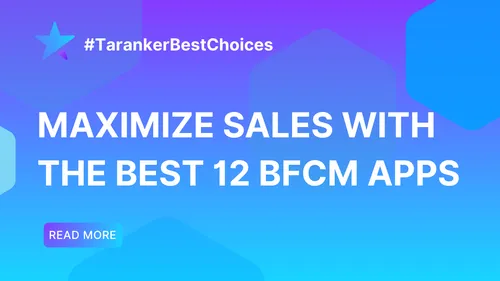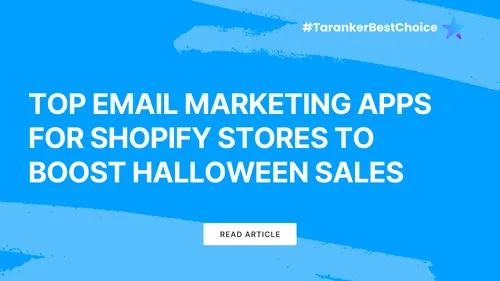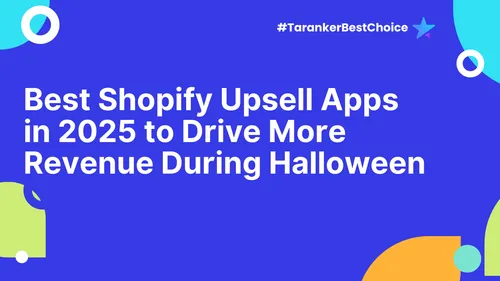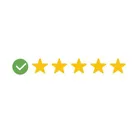Discovering your website has been hit by a Google algorithm penalty can be daunting. But fear not, recovery is possible with the right steps and a strategic approach. This blog post will guide you through understanding the types of penalties, diagnosing issues, implementing recovery strategies, and preventing future penalties. Let's embark on this journey to regain your website's rightful place on search results.
Imagine waking up to find your website's traffic has plummeted overnight. It’s a developer’s nightmare and a business owner's worst fear. However, it's crucial to stay calm and collected as you chart a path toward recovery. Knowledge is your ally in this situation, and understanding the nature and specifics of Google penalties can empower you to rebuild effectively.
We're here to demystify the process, providing you with practical steps and insights. From recognizing the difference between manual and algorithmic penalties to diagnosing the core issues affecting your site's ranking, this guide covers all bases. You'll learn to implement effective recovery strategies, such as content refinement and building high-quality backlinks, ensuring a resilient and penalty-proof website for the future. So, gear up and let this roadmap illuminate the path to full recovery.
Remember, regaining your position in search engine results isn't just about fixing errors—it's about building a stronger foundation for your website's success, leveraging established expertise, and adhering to Google's best practices for lasting results.
Understanding Google Algorithm Penalties
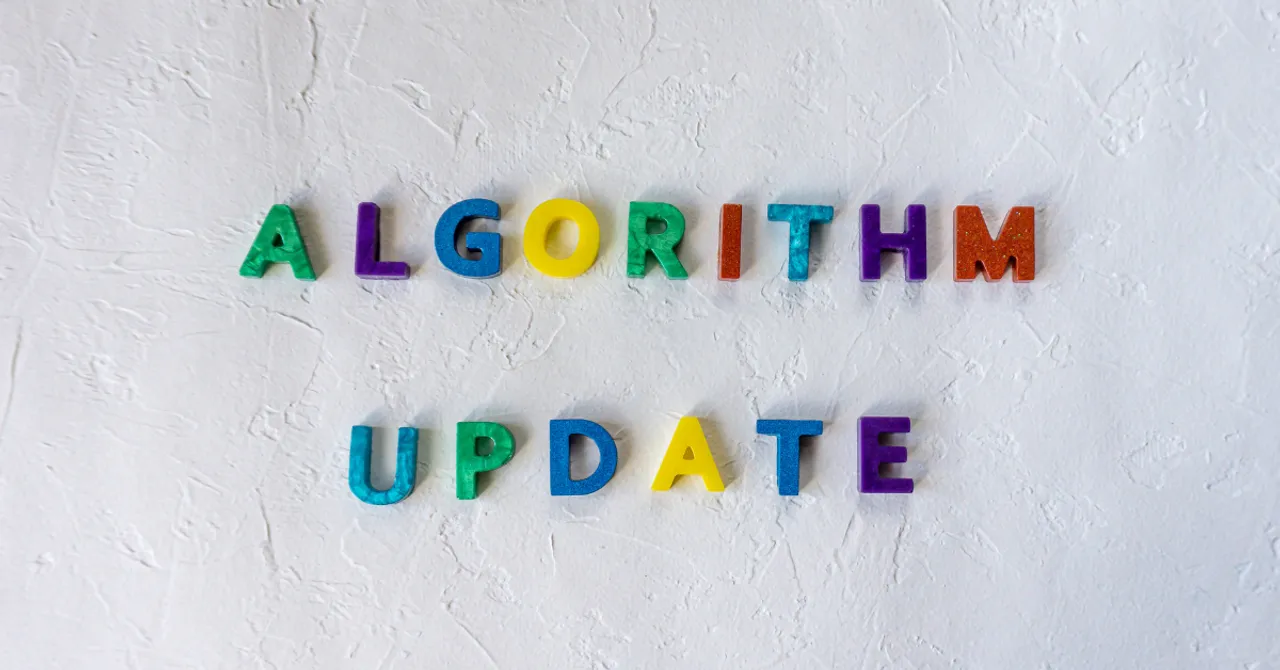
Understanding the impact of Google's algorithmic changes on your website is crucial. Penalties may be manual or algorithmic, each affecting your search engine rankings differently. Manual penalties are applied by Google reviewers when they identify clear violations of Google's guidelines. In contrast, algorithmic penalties automatically result from updates designed to enhance search quality and user experience.
- Manual penalties require direct action, such as fixing issues and submitting a reconsideration request.
- Algorithmic penalties might necessitate broader changes, focusing on overall website quality and compliance with Google's best practices.
Google's penalties serve to maintain the integrity of search results. By recognizing this, you can better align your website with Google's expectations, ensuring a steady recovery.
Identifying the Cause of the Penalty
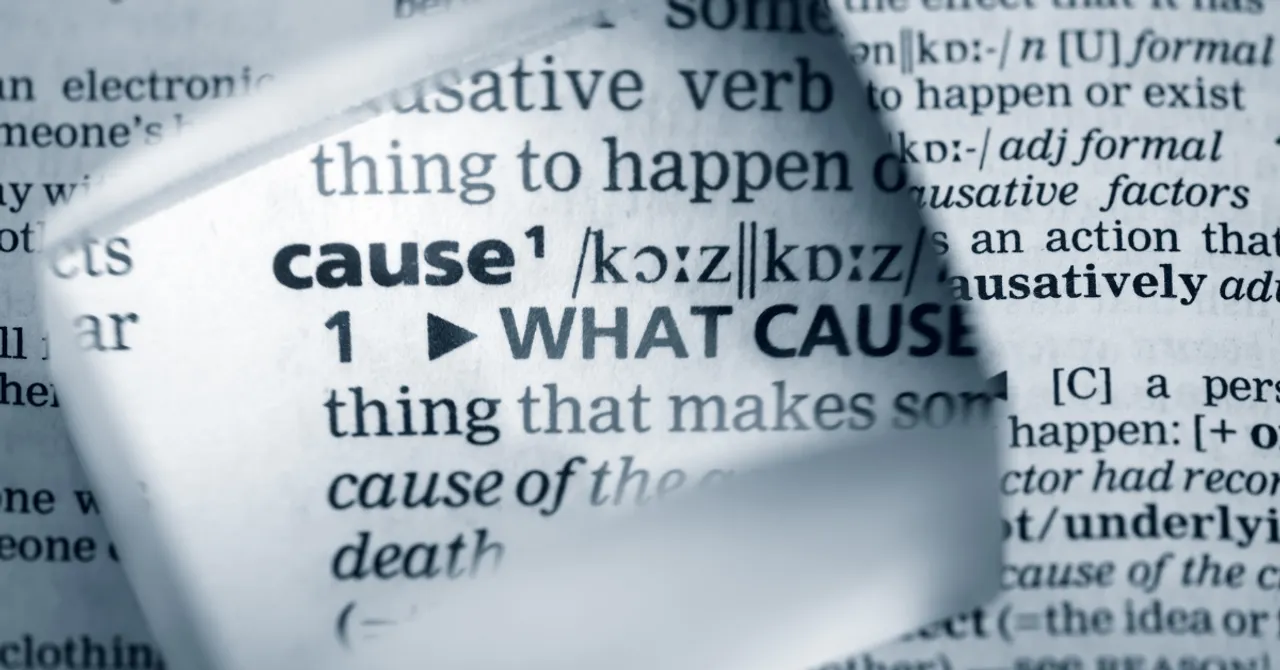
In the evolving world of Google algorithms, a penalty can feel like a daunting setback. However, understanding the root cause is the first step towards recovery. Start by analyzing Google's Search Console notifications to pinpoint any warnings or issues that may have triggered the penalty. Look into your website's traffic patterns for sudden drops, which might suggest when the penalty was imposed. Utilize audit tools to closely examine your website and determine whether a content, link, or technical issue is the culprit.
- Content issues: Check for duplicate content, poor-quality content, or lack of originality.
- Link problems: Identify unnatural or spammy links pointing to your site.
- Technical glitches: Ensure your site adheres to Google’s technical guidelines, such as mobile-friendliness and page speed.
By methodically identifying these aspects, you empower yourself with the knowledge needed to restore your site's performance and start on the path to recovery with confidence.
Strategies for Content Quality Improvement

Enhancing your content quality is a crucial step in recovering from a Google algorithm penalty. By shifting your focus away from keyword stuffing and towards crafting valuable, original content, you can significantly improve your site's standing. Prioritize user experience by ensuring your content is not only informative but also engaging and easy to read. This means utilizing rich media such as images and videos to support your message, and maintaining clarity and conciseness to enhance readability. Moreover, ensure that all content remains relevant to your audience, addressing their needs and concerns directly. By adopting these strategies, you build a foundation of valuable content that stands up to algorithm scrutiny and fosters user satisfaction.
Cleaning Up Your Backlink Profile
A healthy backlink profile is crucial for maintaining good standing with Google's algorithms. Begin by using tools like Google Search Console or third-party services to identify harmful or low-quality links that might lead to a penalty. By disavowing these links, you can signal to Google which links should be ignored, thus protecting your site's reputation.
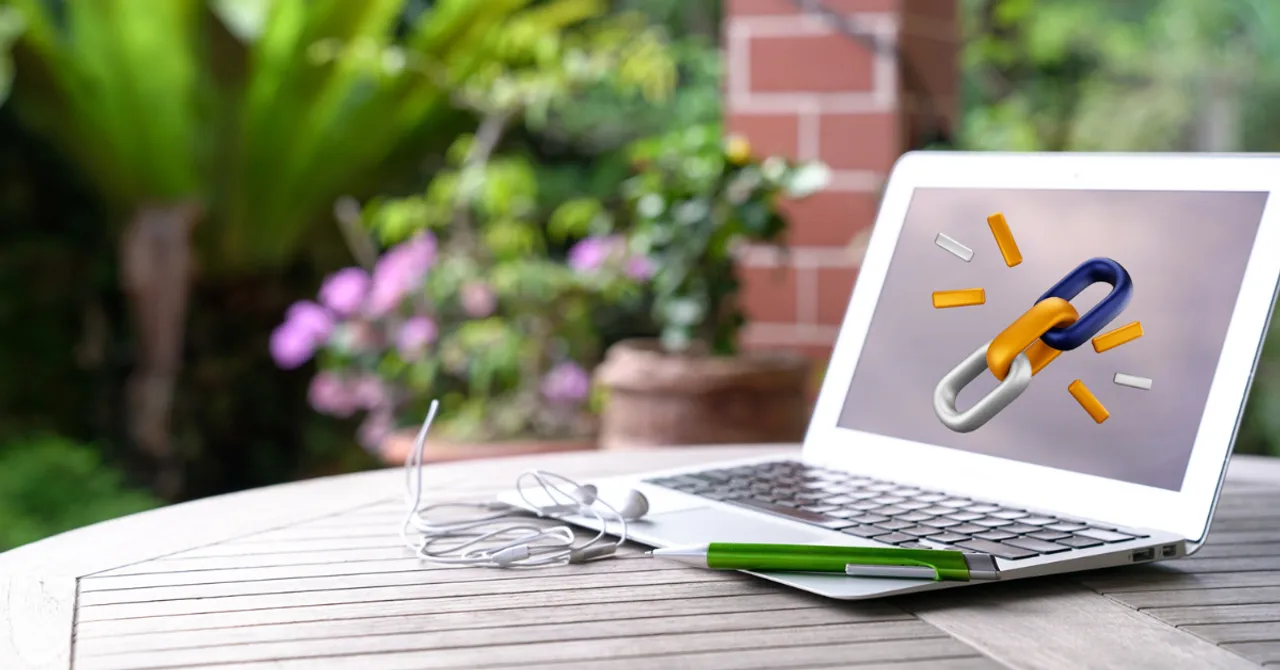
- Identify suspicious links using reliable SEO tools.
- Analyze link quality by checking factors such as domain authority and relevance.
- Utilize Google's Disavow Tool to mitigate the impact of harmful links.
- Rebuild your profile by engaging in ethical link-building strategies, such as guest posting and content marketing.
By focusing on maintaining a robust and healthy backlink profile, you can effectively recover from a Google algorithm penalty, paving the way for improved site authority and visibility.
Technical SEO Fixes for Penalty Recovery
Improving Page Speed

- Compress images and use next-gen formats to reduce loading times.
- Minimize JavaScript and CSS to keep pages lightweight.
- Leverage browser caching to store resources efficiently.
Enhancing Mobile Responsiveness
- Implement a responsive design to ensure seamless user experience across devices.
- Test your site on various mobile platforms to spot and fix rendering issues.
Checking Structured Data

- Use Google's Structured Data Testing Tool to identify and fix errors.
- Ensure your structured data markup is comprehensive and follows the latest guidelines.
Ensuring Site Crawlability
- Review your robots.txt file to make sure important pages are accessible.
- Create and submit an XML sitemap to aid search engine indexing.
- Fix any broken links and monitor crawl errors using Google Search Console.
Prioritizing Security
- Install an SSL certificate to protect your site's data and build user trust.
- Regularly update your software to shield against vulnerabilities.

Monitoring and Preventing Future Penalties
To effectively recover from a Google algorithm penalty, it's crucial to establish a robust monitoring routine utilizing SEO tools. Staying consistently updated on Google's algorithm changes is vital for maintaining your site's health. Implementing regular content and link audits can help keep your site aligned with Google's guidelines, preventing future penalties. By leveraging reliable tools and resources, you'll not only better understand the shifts in algorithms but also be equipped to act swiftly and strategically. Consider these practical steps:
- Use tools like Google Analytics and Search Console to track key metrics and spot issues early.
- Regularly audit your content for relevance, quality, and compliance with current SEO best practices.
- Ensure backlinks come from reputable sources and disavow any that are questionable or harmful.
- Stay engaged with SEO communities to gain insights into new trends and strategies.
Establishing these practices not only protects you from future penalties but also strengthens your overall SEO strategy. It's an ongoing commitment to maintaining excellence in your digital presence.
Recovering from a Google algorithm penalty might be challenging, but it's certainly achievable with diligence and strategic actions. By understanding the penalties, rectifying the issues, and maintaining best practices, your website can recover its rankings and thrive. Stay informed, be proactive, and keep refining your strategies for long-term success.
Throughout this journey, remember the key steps that aid in recovery:
- Identify the Issue: Determine the specific penalty affecting your site by using tools like Google Search Console for insights.
- Correct the Problems: Once identified, focus on correcting issues such as duplicate content, poor backlinks, or keyword stuffing.
- Update Regularly: Keep your content fresh and valuable. Regularly update your site with high-quality, informative content to improve engagement.
- Monitor Progress: Consistently track your site's performance and the impact of changes to ensure continued improvement.
Approach these steps with confidence and persistence. Remember, recovering from a penalty is not just about fixing past mistakes but also about building a stronger foundation for the future. Keep learning about SEO trends, refine your strategies continuously, and engage with your audience authentically. Your effort will not only help recover your website's rankings but may also enhance its overall success. Stay motivated and committed to your long-term vision.

